E o ESPAÇO aqui tão perto… OASA
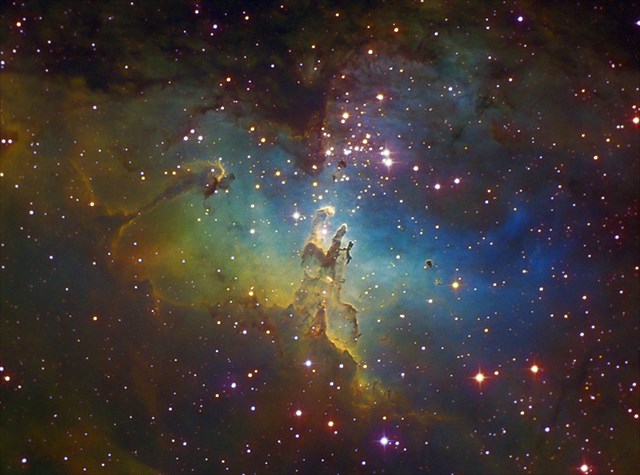


PORTUGUÊS

Esta letter-box pretende levá-lo a explorar um pouco mais da “última fronteira”… o ESPAÇO!
A NEBULOSA DA ÁGUIA
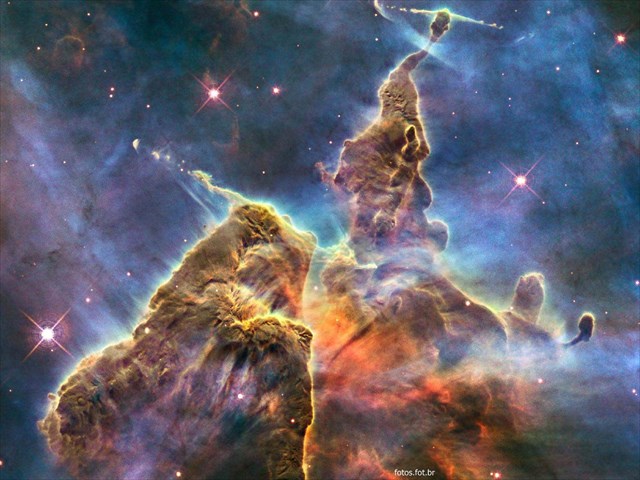
A Nebulosa da Águia (Messier 16, NGC 6611) é um jovem aglomerado estelar aberto localizado na constelação de Serpente. O objeto foi descoberto pelo astrônomo francês Jean-Philippe de Chéseaux em 1745-46 e seu nome deriva da forma que sua nuvem interestelar proto estelar em torno do aglomerado, que lembra uma águia. A fotografia tomada da nebulosa pelo Telescópio Espacial Hubble tomada no início de abril de 1995 ficou conhecida como os "Pilares da Criação", e mostra pilares de gás estelar e poeira contida na nebulosa. Situa-se aproximadamente 7 000 anos-luz em relação à Terra e sua magnitude aparente é igual a 6,4, sendo fracamente visível a olho nu, mesmo em excelentes condições de observação. É um sistema relativamente jovem, em termos astronômicos, com apenas 5,5 milhões de anos.
O Termómetro de Galileu

O termômetro de Galileu é um termômetro que leva o nome do físico italiano Galileu Galilei pela sua descoberta de que a densidade de um líquido, e logo também a força de impulsão por este exercida, depende da temperatura. O termômetro de Galileu consiste numa coluna de vidro cheia de um líquido onde se encontram imersos pequenos globos de vidro cheios do mesmo líquido. A densidade efetiva de cada globo é ajustada usando diferentes quantidades de líquido. Deste modo quando a temperatura ambiente é superior a um dado valor, apresentado numa pequena placa que pende do globo, este flutua no cimo da coluna, caso contrário desce até ao fundo da coluna. Portanto pode estimar-se a temperatura ambiente verificando qual a temperatura máxima indicada pelos globos que flutuam junto ao cimo da coluna. Nestes termômetros, usados sobretudo como decoração, é comum usarem-se por razões puramente estéticas colorantes de diferentes cores dentro dos globos.
NEIL ARMSTRONG

Neil Alden Armstrong (1930/2012) foi um astronauta dos Estados Unidos, piloto de testes e aviador naval que escreveu seu nome na história do século XX e da Humanidade ao ser o primeiro homem a pisar na Lua, como comandante da missão Apollo 11, em 20 de julho de 1969. Antes de se tornar astronauta, Armstrong, que era escuteiro, serviu na Marinha dos Estados Unidos, combatendo na Guerra da Coreia como piloto de caça. Após a guerra, ele graduou-se como piloto de testes e serviu na Estação de Voo do Comitê Consultivo Nacional para a Aeronáutica (NACA) de alta velocidade, onde acumulou mais de 900 voos em uma variedade de aeronaves. Entrou para a NASA em 1962, integrando o segundo grupo de astronautas da agência espacial, indo ao espaço pela primeira vez em 1965, como comandante da missão Gemini VIII, três anos antes do voo que o colocaria na História. Condecorado com a Medalha Presidencial da Liberdade, a maior condecoração civil do país, e a Medalha de Honra Espacial do Congresso, manteve uma vida discreta e longe dos olhos da opinião pública até sua morte, aos 82 anos. Dele, o presidente dos Estados Unidos, Barack Obama disse ser " um dos maiores heróis americanos, não apenas de sua época, mas de todos os tempos"
O TELESCÓPIO C14

O OASA dispõe de um telescópio de grande alcance observacional, que é composto por um telescópio ótico refletor com uma abertura de 36cm, modelo Celestron EdgeHD-SC 1400 e uma montagem equatorial robótica Paramount MX, com sistema GPS integrado e com possível ligação ao computador por USB 2.0 e com a última tecnologia e software de montagens. Este novo equipamento oferece as condições necessárias para desenvolver o rastreio de fenómenos astronómicos, adquirir imagens de alta qualidade e a futura transmissão e controle remoto do telescópio pela internet, seja por particulares, escolas ou instituições científicas.
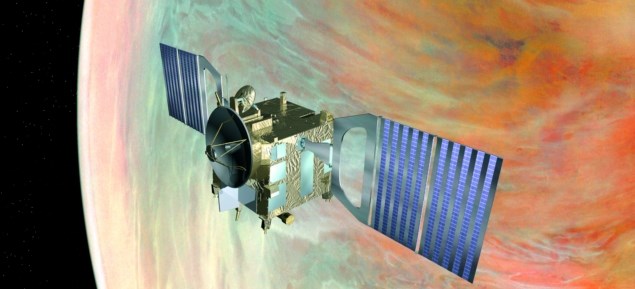
OBSERVATÓRIO ASTRONÓMICO DE SANTANA AÇORES OASA
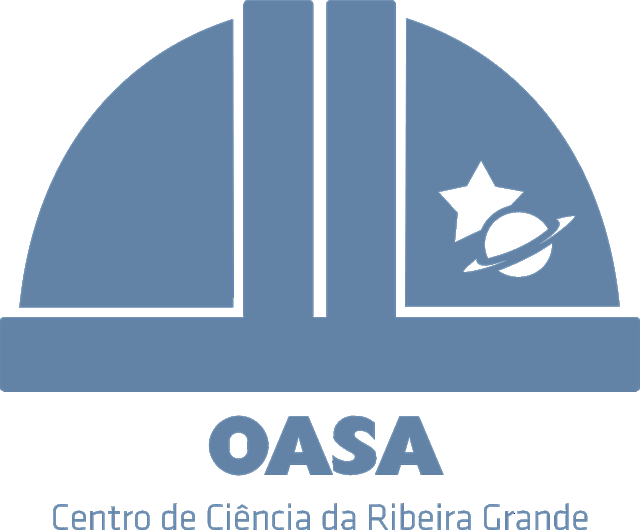
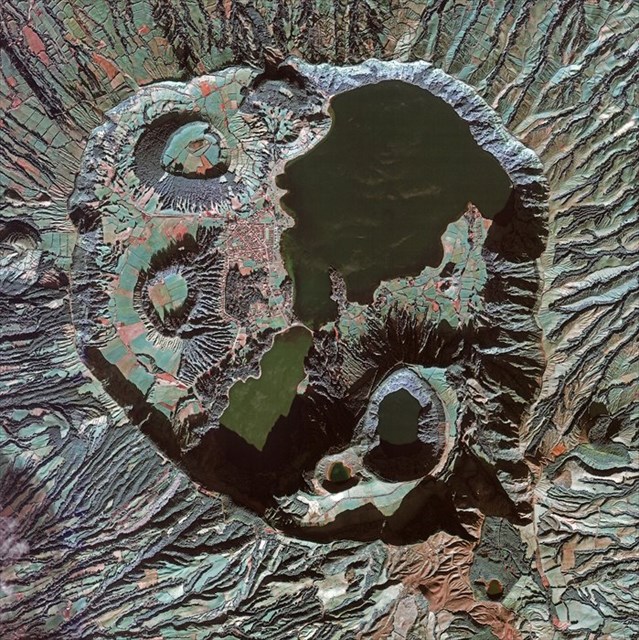
HORÁRIO DO OASA:
Dias úteis – das 10H00 às 17H00.
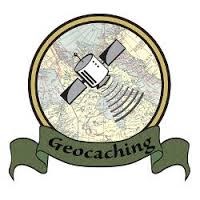
SOBRE A CACHE
Esta letter-box é composta por sete pontos (6 etapas virtuais).
Deverá visitar as seis etapas esta cache, retirando a informação pedida de cada um dos locais, para, depois encontrar o GZ.
ETAPAS DA NAVEGAÇÃO ESPACIAL
PONTO INICIAL – Ao entrar no OASA, visita esta “base sideral”…
PONTO A – EXPOSIÇÃO DE INSTRUMENTOS DE NAVEGAÇÃO
Procura pelo termómetros de Galileu e conta o
número de esferas no seu interior (A).
PONTO B – IDA À LUA
O homem “alunou na Lua B vezes. Poderás informar-te, se assim o desejares, junto dos funcionários do OASA.
PONTO C – LAIKA PUZZLE
Monta o puzzle do da "Laika" e descobre a data aí existente. CDEF
NOTA: precisarás de 3X 3 painéis!
PONTO D – RECESSÃO DA “ESTAÇÃO ESPACIAL – OASA”
Procura o puzzle e monta-o! Aí encontrarás a pista para a “última fronteira”.
PONTO E – E O ESPAÇO AQUI TÃO PERTO…
Encontra a correspondência para: XY*****ZWT**
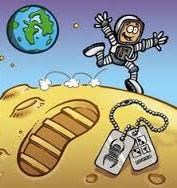
COORDENADAS PARA GZ
N 37º ( X-1) ( Z+1 ) , ( F+1 ) ( E+3) ( Y))
W 025º ( (B-A+1 ) ( T+2 ) , ( W-1 ) (D ) (C )
Com os valores obtidos, poderá construir as coordenadas finais, que o conduzirão ao GZ.

INFORMAÇÕES:
Esta cache fez parte da Geotour Ilha Verde/GreenIsland (a primeira GeoTour portuguesa), entre 18 de junho de 2015 e 18 de junho de 2016.
A caixa tem um formato convencional.
Por favor, sejam discretos, não façam logs forçados, nem postem fotos que possam denunciar a cache.
Deixem, por favor, o conteiner tal como o encontraram!
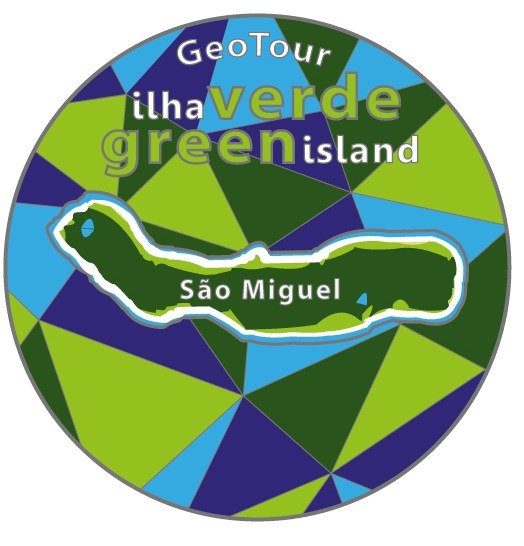

AGRADECIMENTO
Agradecemos reconhecidos a colaboração do Observatório Astronómico de Santana – Açores – OASA.
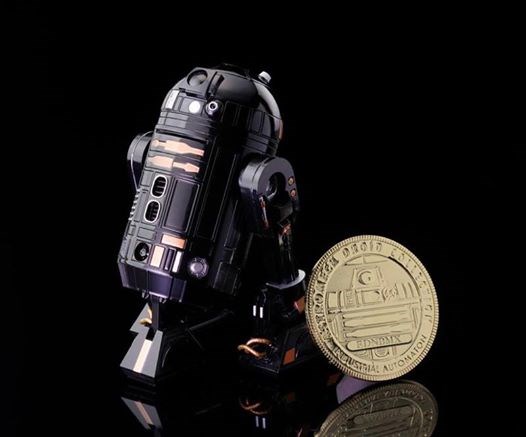
AND SPACE is so close ... OASA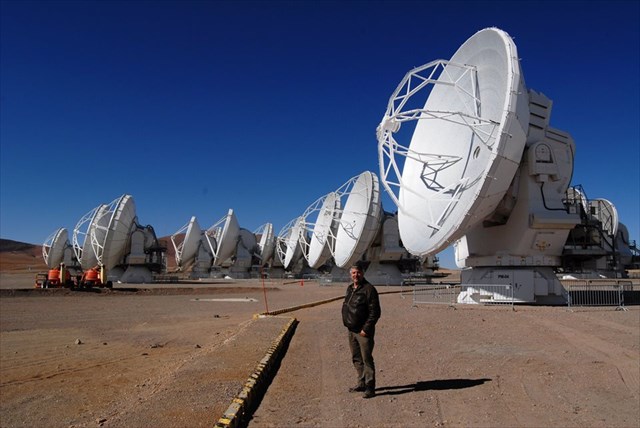
ENGLISH

This letter-box aims to take you to explore a little more of the "final frontier" ... SPACE!
The EAGLE NEBULA
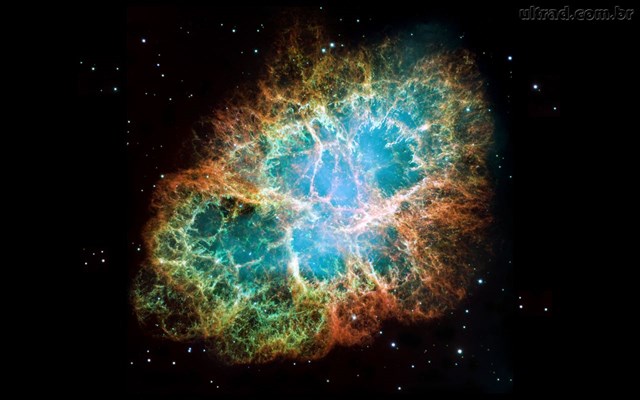
The Eagle Nebula (Messier 16, NGC 6611) is a young open cluster located in the constellation of the Serpent. The object was discovered by French astronomer Jean-Philippe Chéseaux in 1745-46 and its name derives from the way it's proto interstellar cloud around the star cluster, which resembles an eagle. Photograph of the Nebula taken by the Hubble Space Telescope in early April 1995 that became known as the "Pillars of Creation", and shows stellar gas and dust pillars contained in the nebula. It lies about 7 000 light years to the Earth and it's apparent magnitude is equal to 6.4, being poorly visible to the naked eye, even in excellent viewing conditions. It is a relatively young system, in astronomical terms, with only 5.5 million years ago.
Galileo Thermometer
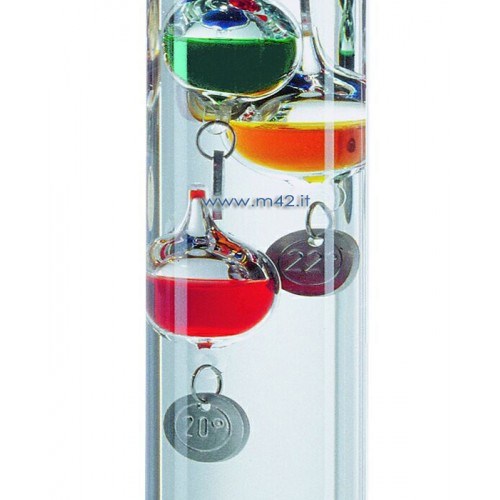
The Galileo thermometer is a thermometer which takes the Italian physicist by the name Galileo their discovery that the density of a liquid, and then also the biasing force exerted by this depends on the temperature. The Galileo thermometer consists of a glass column filled with a liquid in which there are immersed small glass bowls filled with the same liquid. The effective density of each globe is adjusted by using different amounts of liquid. Thus, when the ambient temperature exceeds a given value, displayed on a small plate which overhangs the globe, this floats on the top of the column, otherwise descends to the bottom of the column. Therefore one can estimate the ambient temperature checking which the maximum temperature indicated by the balloons floating near the top of the column. These thermometers, used mainly as decoration, it is common to use, for purely aesthetic reasons dyes of different colors within the globes.
NEIL ARMSTRONG

Neil Alden Armstrong (1930/2012) was a US astronaut, test pilot and naval aviator who wrote his name in the history of the twentieth century and humanity by being the first man to walk on the moon, as commander of the Apollo 11 mission, on July 20, in 1969. Before becoming an astronaut, Armstrong, who was a Scout, served in the US Navy, fighting in the Korean War as a fighter pilot. After the war, he graduated as a test pilot and served in the Flight Station of the National Advisory Committee for Aeronautics (NACA) High-speed, where he accumulated more than 900 flights in a variety of aircrafts. He joined NASA in 1962, integrating the second group of astronauts from the space agency, going to the first space in 1965 as commander of Gemini VIII mission, three years before the flight. He was awarded with the Presidential Medal of Freedom, the highest civilian award of the country, and the Medal of Honor Space Congress, he kept a low profile and away from the public eye until his death at age 82. Him, the US president, Barack Obama said it was "one of the greatest American heroes, not only of his time but of all time"
TELESCOPE C14
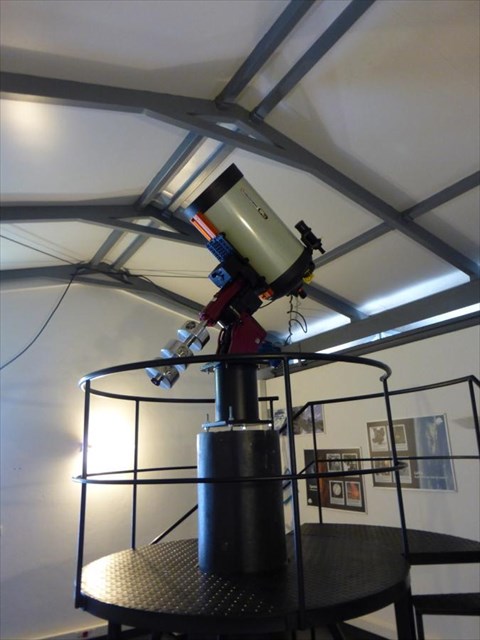
The OASA has a telescope with a large observational range, which consists of a reflector optical telescope with an aperture of 36 cm, Celestron EdgeHD SC-1400 model and a robotic equatorial mount Paramount MX with integrated GPS system and with possible connection to the computer USB 2.0 and with the latest technology and assembly software. This new equipment provides the necessary conditions to develop the screening of astronomical phenomena, acquiring high quality images and further transmission and remote control the telescope via the Internet, whether by individuals, schools or scientific institutions.
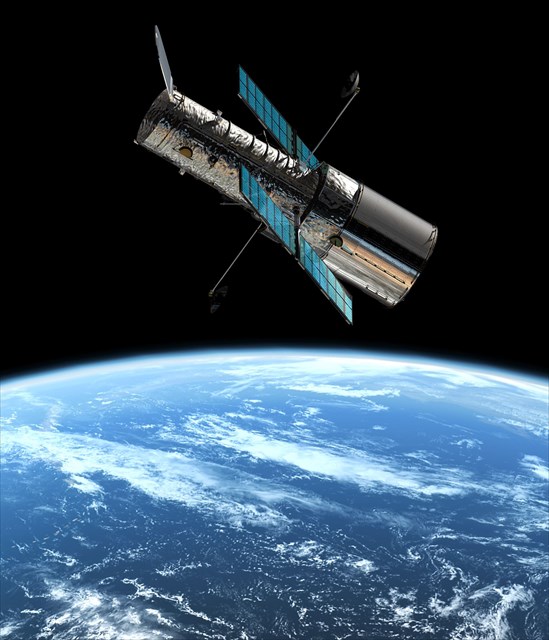
OBSERVATORY SANTANA ASTRONOMICAL Azores
OASA
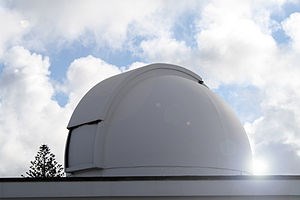
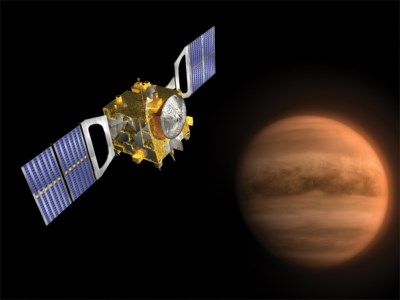
OASA SCHEDULE:
Weekdays - from 10:00 to 17:00.
STEPS OF SPACE NAVIGATION
INITIAL POINT - Entering the "outer base", look for the information you need ...
POINT A - NAVIGATION INSTRUMENTS STATEMENT
Search by Galileo thermometer (clearly marked) and has the
number of balls inside (A).
POINT B - TO THE MOON
The man “lands” on the moon B times. You can inform OASA staff if you so wish.
POINT C - LAIKA PUZZLE
Assemble the Laika puzzle and discover the date, that appear there -CDEF.
NOTE: you'll need 3X3 panels!
POINT D - THE RECEPTION "SPACE STATION - OASA"
Search the puzzle and assemble it! Here you will find the clue to the " last frontier"
POINT AND - AND SPACE HERE SO CLOSE ...
Find the correspondence to: XY*****ZWT**
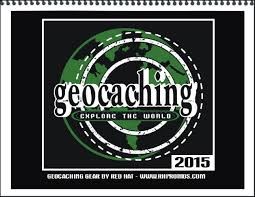
COORDINATES FOR GZ
N 37º ( X-1) ( Z+1 ) , ( F+1 ) ( E+3) ( Y))
W 025º ( (B-A+1 ) ( T+2 ) , ( W-1 ) (D ) (C )
With the values, you can construct the final coordinates, which will lead to GZ.

INFORMATION:
This cache was part of Geotour Green Island / Greenisland.
The container has a conventional shape.
Please be discreet, do not do forced logs, or post photos that can report the cache.
Please, leave the container as you found it!
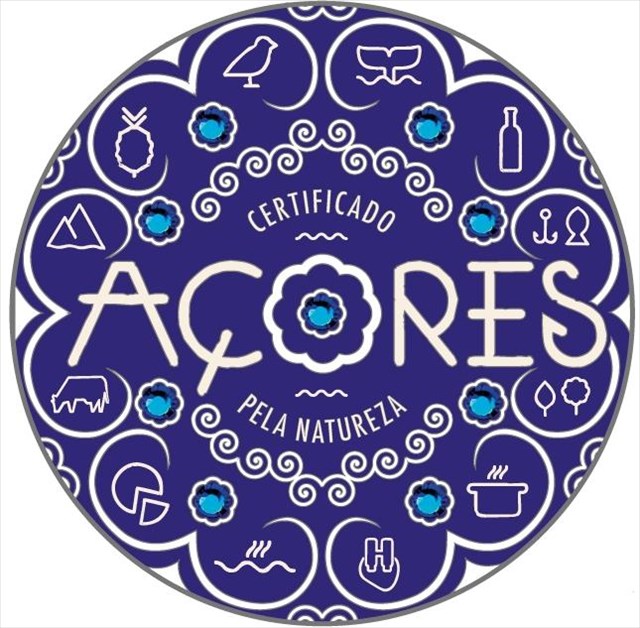
THANKS:
Recognized Thanks for the collaboration of the “Observatório Astronómico de Santana – OASA”.
